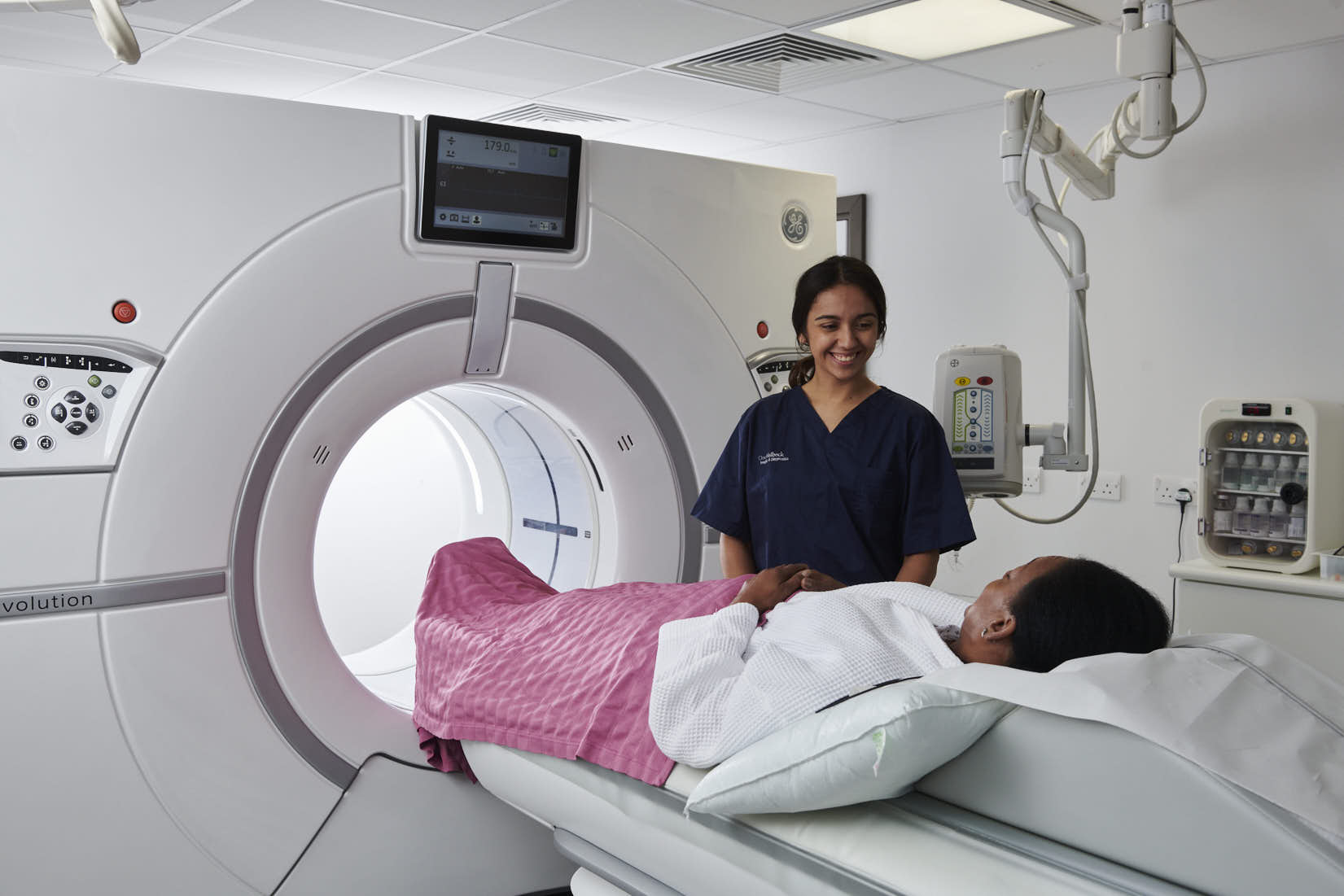A small incision will be made in the wrist or the groin, and a small plastic pipe is placed under local anaesthetic.
A catheter (plastic pipe) will be directed to your heart. A dye will be injected through the catheter which may give you a warm or flushing feeling. This makes it is easy to see on x-ray images. As the dye moves through your blood vessels, your consultant can observe the flow and easily identify any blockages or constricted areas.
An angiogram usually only takes about 20 minutes, although it is can take longer if additional tests are added on at the same time. Sometimes detailed pressure readings are needed and a further catheter is inserted (L and R heart Catheter)
At the same time, coronary physiology can be assessed by looking at the pressure drop across any narrowing that is seen, with a Pressure Wire study (iFR, or FFR).
Sometimes additional imaging is done at the same time to look at the narrowing in more detail:
- Intravascular Ultrasound (IVUS)
- Optical Coherence Tomography (OCT)
The puncture in the artery will be sealed with a plug or band to avoid it bleeding.




